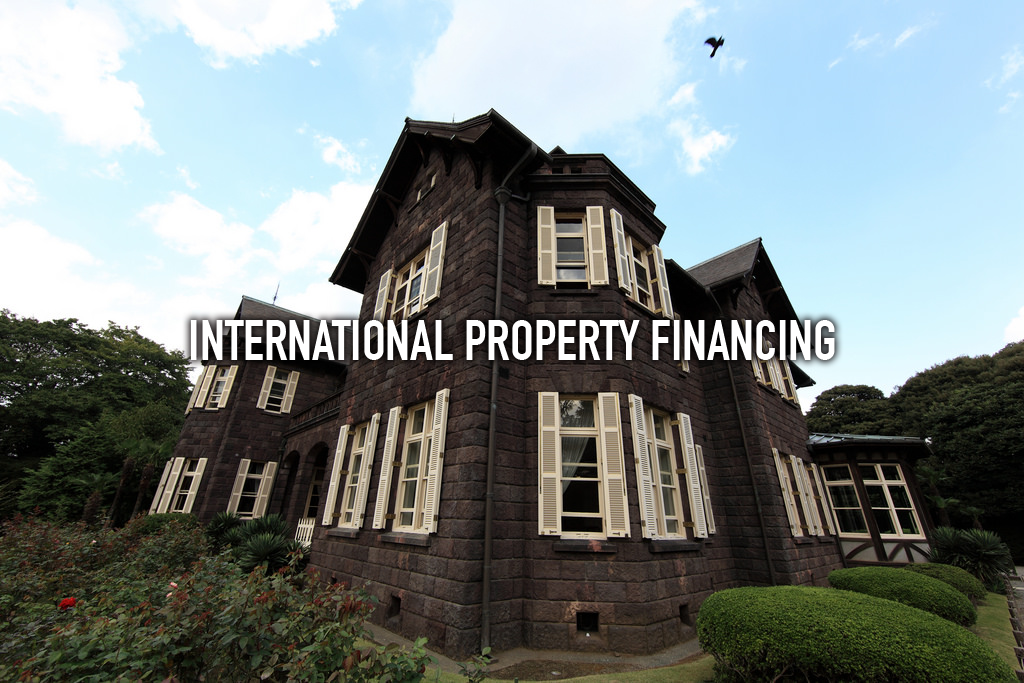
Many local banks have introduced foreign property loans in view of the rising trend of Singaporeans looking outside the little red dot to invest. These investors are usually attracted to their chosen host country due to the less restrictive policies and lending guidelines imposed on foreign buyers as compared to getting a loan for a property in Singapore. Loan considerations aside, other motivations include the realising the dream of a retirement home, housing a child bound for a foreign university, or investing to enjoy capital gains in the long run.
Conventionally, Australia, England, Thailand, Japan, and Malaysia have always been the more popular choices for Singaporean property investors. Australia is looking particularly attractive recently because the weakening Australian dollar is now at parity with the Singaporean dollar. Interest in Malaysia has somewhat fizzled out in view of the economic and political turmoil that is still unfolding in the country.
Financing a property purchase in Australia
This article focuses on the intricacies of taking up a mortgage loan for Australian properties.
Although local banks have only begun to lend for overseas property recently due to attractive margins, the banks in Australia, through their licensed mortgage brokers, have long been offering loan packages to foreign buyers.
To get a loan to bridge the purchase for an Australian property, investors have a couple of options:
- Locally domiciled banks including UOB, CIMB, OCBC, ANZ, NAB, and Westpac. These Australian banks are based in Singapore and abide by the lending guidelines of MAS.
- Banks and lenders in Australia.
The biggest benefits of taking a loan locally are the cheaper rates and easier access, but these advantages can be negated completely by confusing or restrictive lending products and guidelines such as:
- Differing loan quantum for inner and outer city locations.
- Rental from existing overseas properties or property to be purchased not factored as income.
- Restrictions on the minimum loan size, property area, and income.
- Limited or no interest-only options.
- Loans subjected to the Total Debt Servicing Ratio (TDSR) framework and borrowing will appear as a record in the Credit Bureau.
- Margin calls in the event of adverse currency fluctuations.
- No financing for land and building contracts.
- Short tenure of loan granted.
In light of the aforementioned restrictions, taking a loan overseas is definitely a viable option. Singaporeans as a whole also benefit from a good credit record with Australian banks. The business development manager of an Australian-based bank whom I met recently revealed that they enjoy lending to overseas clients as, based on records, they have yet to encounter a single default!
In the majority of the cases I’ve handled, the clients opt for loans from Australian-based banks despite the higher interest rates simply because the TDSR means that they may not be able to get the loan to value ratio (LTV) they desire. And even with the recent move among Australian banks to reduce lending to foreign customers by lowering the LTV, most still grant a LTV of up to 80%. These clients would rather take a higher interest rate than fork out a huge lump sum to bridge the purchase due to the low loan quantum offered by local lenders.
Other pull factors for Australian banks include 100% mortgage offsets and interest-only options of up to 10 years. They also have an anti-age discrimination policy, which is good news for older buyers trying to secure a longer loan tenure. One of my clients, at 61 years of age, managed to secure a 20-year loan tenure. If he had approached a locally domiciled bank, even an Australian one, the loan tenure would have been only four years and his application was likely to have been rejected due to unserviceability of the loan!
Although taking a loan from an offshore bank seems like a potentially beneficial option, it does have its fair share of issues. A checklist for the lender should include:
- Ensuring that the project is deemed financeable by the banks, especially the margin of finance for the particular property and the lender’s profile.
- One’s ability to service the loan instalment in the event of an interest rate increase.
- Taking into account the potential of a negative equity situation as some overseas property prices have raced beyond valuations.
- Scrutinising the loan agreement for any unreasonably detrimental clauses.
- Ensuring that one has sufficient funds to bridge the purchase as well as to pay for other incidental charges relating to the property purchase such as set-up, valuation and legal fees.
- Establishing the appropriate time to seek financing. This could depend on the stage of completion of the property or the settlement date of the purchase contract.
- Ensuring one understands the elasticity of the country’s mortgage loan interest rates in order to evaluate the tendency for fluctuations.
- Checking the availability features such as offset accounts that could help one save on interest.
- Understanding the long term outlook of the exchange rate as a mortgage loan is a long term commitment.
- Seeking a reliable bank officer or a reputable mortgage broker who will present the loan application in a manner that increases chances of approval and who will match the client’s needs to the right loan package.
An international mortgage loan may not be as straightforward as a local one as it involves understanding the loan package of lenders based overseas and dealing with the rules and regulations of the chosen host country. However, once the aforementioned factors have been considered, it is not difficult to make the right decision and reap the benefits of a less restrictive loan that one could never enjoy locally.
Want to find the best mortgage rate in town? Check out our free comparison service to learn more!
Read more of our posts below!

